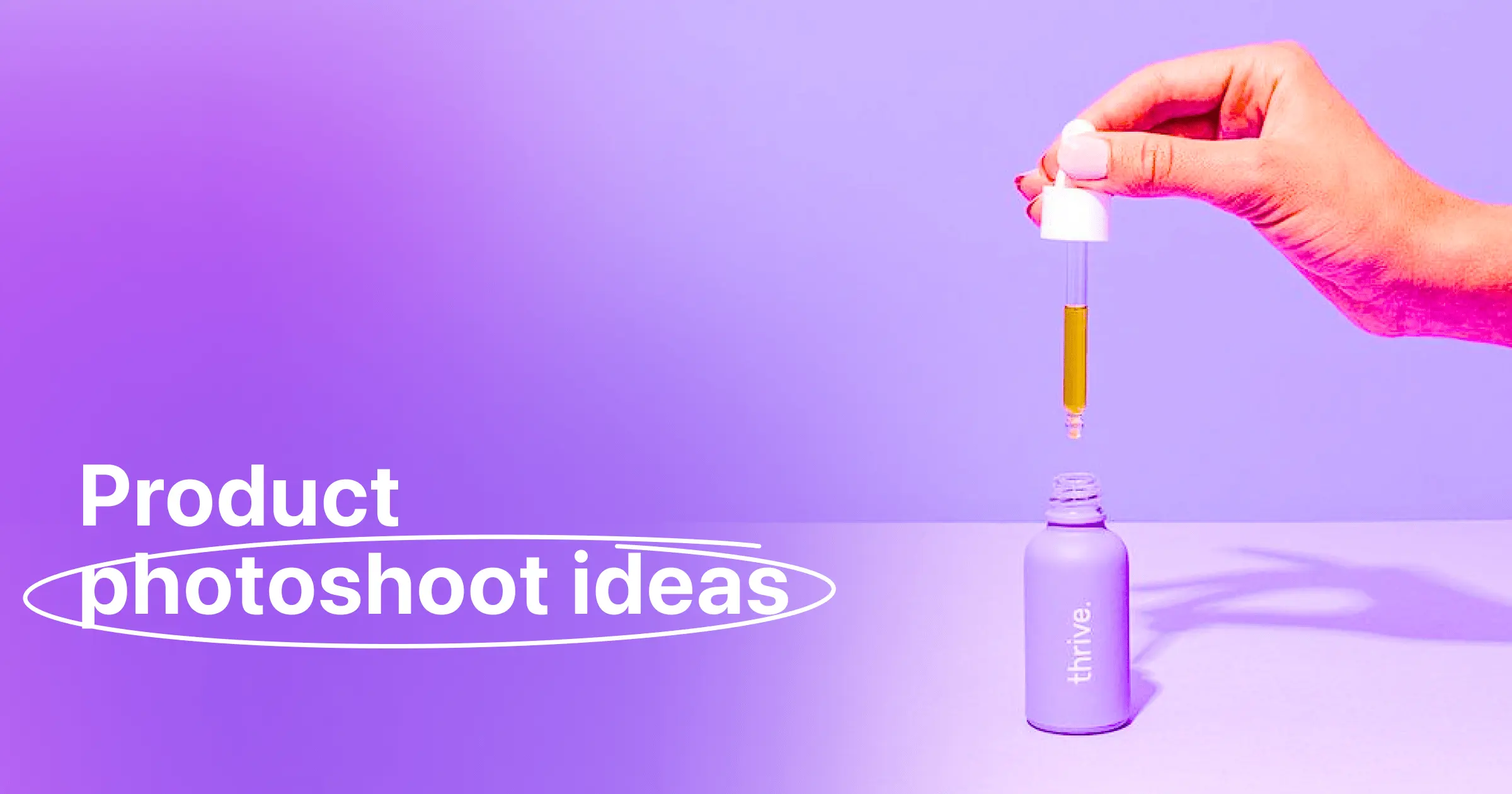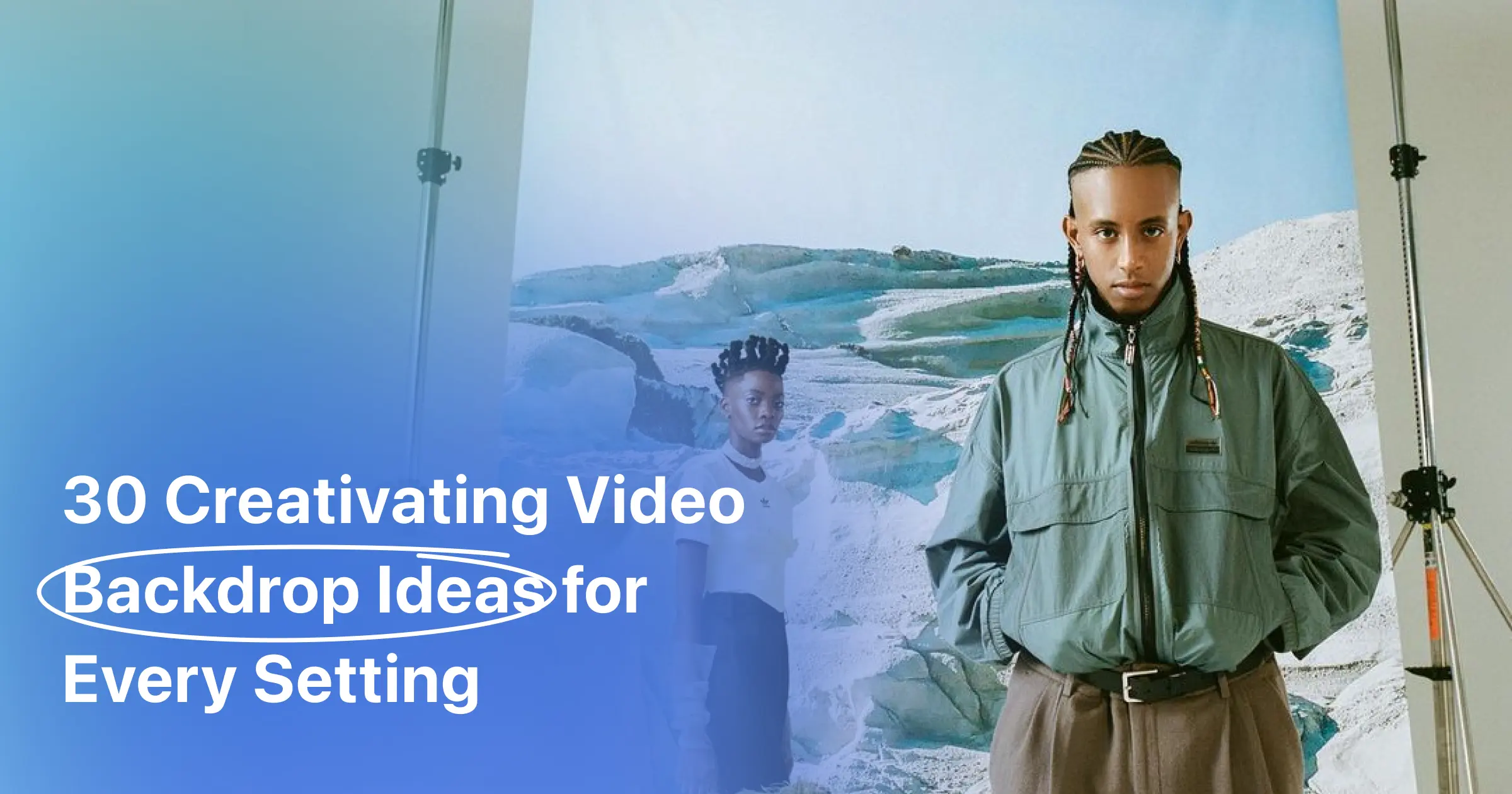Plans built for businesses
Pro + AI
For pro video creation
Advanced + AI
For users who want to generate video ads
*Billed yearly
Compare plans
Video Content Marketing: All the Resources You Need to Get Started
19 July, 2024
In the rapidly changing world of digital marketing, video content has become a dominant force. What was once considered a fleeting trend has now cemented its place as an essential component of any successful marketing strategy.
This in-depth guide will cover everything you need to get started with video content marketing, from understanding its core principles to utilizing the latest tools, including innovative solutions.
Whether you're a seasoned marketer or just dipping your toes into the video realm, this guide has you covered. So, let's dive in and explore how you can harness the power of video to boost your brand's visibility and engagement.
What is Video Marketing and How Does It Work?
Video marketing is the strategic use of video content to promote a product, service, or brand. It’s a powerful method because it combines visual and emotional engagement to create a deeper connection with the audience than text or static images can.

But how exactly does video marketing work? Let’s break it down into three key components: content creation, distribution, and engagement and analysis.
Content Creation
The first step in video marketing is to create videos that align with your marketing objectives. This can involve various types of content depending on your goals:
-
Educational Videos: These are designed to inform your audience about a specific topic. They can help establish your brand as an authority in your field.
-
Promotional Videos: These focus on showcasing your products or services. They are typically short and engaging and highlight the key benefits of what you’re offering.
-
Entertaining Videos: These aim to capture the audience's attention through humor, storytelling, or other engaging formats. They are great for building brand awareness and reaching a broader audience.
-
Testimonial Videos: Featuring satisfied customers who share their positive experiences with your product or service can build trust and credibility.
-
How-To Videos: These guide viewers through a process or solve a problem, demonstrating the practical value of your products or services.
The creation process involves scripting, storyboarding, filming, and editing. Tools like Zoomerang AI can be particularly helpful here, as they can generate video scripts and basic structures based on your input, saving you time and ensuring a professional result.
Distribution
Once your video content is ready, the next step is to distribute it across various platforms where your target audience is most active. Effective distribution channels include:
-
Social Media: Platforms like Facebook, Instagram, TikTok, and LinkedIn are ideal for sharing video content due to their large user bases and features that support video formats.
-
Websites and Blogs: Embedding videos on your website or blog can enhance user engagement and keep visitors on your site longer, improving SEO.
-
Email Campaigns: Including videos in your email marketing can increase open and click-through rates. Personalized video messages can be particularly effective.
-
Video Hosting Sites: YouTube and Vimeo are popular choices for hosting video content. YouTube, in particular, is the second-largest search engine and offers a massive potential audience.
-
Paid Advertising: Platforms like Google Ads, Facebook Ads, and YouTube Ads allow you to target specific demographics with your video content, increasing its reach and effectiveness.
Engagement and Analysis
The final component of video marketing is to monitor and analyze how your audience interacts with your videos. This involves several key activities:
-
Tracking Metrics: Keep an eye on important metrics such as views, likes, shares, comments, and watch time. These metrics provide insights into how engaging and effective your videos are.
-
Analyzing Feedback: Pay attention to the comments and feedback your videos receive. This can offer valuable insights into what your audience likes or dislikes and what content resonates most with them.
-
Using Analytics Tools: Platforms like YouTube Analytics, Google Analytics, and social media insights tools can provide detailed data on your video performance. This data can help you understand viewer behavior and refine your strategy accordingly.
-
Iterating and Improving: Use the insights gained from your analytics to improve future video content. This might involve tweaking your video format, length, style, or distribution strategy to better meet the needs and preferences of your audience.
The essence of video marketing lies in its ability to convey information quickly and effectively, making it easier for audiences to understand and retain your message. By visually and emotionally engaging viewers, videos can create a lasting impression that drives action and fosters a stronger connection with your brand.
Incorporating tools like Zoomerang AI into your video marketing strategy can further enhance your efficiency and creativity, allowing you to produce high-quality videos that captivate your audience without the need for extensive editing skills or resources.
5 Benefits of Video Marketing You Can't Afford to Overlook
Video marketing offers numerous benefits that can significantly enhance your brand's visibility and engagement. Here are some key advantages:
1. Increased Engagement
Videos are inherently more engaging than text. They capture attention quickly and can convey complex information in an easily digestible format. This increased engagement often leads to higher retention rates and more extended viewer interactions.
2. Higher Conversion Rates
Including videos on landing pages can increase conversion rates significantly. Videos can explain products or services more thoroughly, helping potential customers make informed decisions.
3. Stronger Brand Recall
Videos are more memorable than other types of content. Viewers are more likely to remember your brand and message after watching a video compared to reading text.
4. Better Social Media Performance
Videos are highly shareable on social media platforms. They generate more likes, shares, and comments than other types of content, which can help increase your reach and attract new followers.
5. Improved SEO
Search engines love video content. Websites with videos are more likely to rank higher in search results. This is partly because videos increase the amount of time visitors spend on your site, a factor that search engines consider when determining rankings.
The Impact and Trends of Video Marketing: Why It Matters
Video marketing has become an indispensable tool in the digital age. Here's why it's crucial for brands to embrace this dynamic medium:
Soaring Video Consumption
The demand for video content is skyrocketing. It's expected to constitute the vast majority of internet traffic, underscoring its growing importance in digital strategies.
Higher Engagement Rates
Consumers crave video content from their favorite brands. This preference leads to significantly higher engagement rates, making video a powerful tool for capturing and maintaining audience interest.
Mobile Video Domination
The surge in mobile video consumption highlights the necessity of optimizing videos for mobile devices. Ensuring that content is accessible and appealing on smartphones and tablets broadens a brand's reach.
The Power of YouTube
As the second-largest search engine in the world, YouTube offers immense potential for increasing brand visibility. With billions of active users, it provides a vast audience for marketers to tap into.
Persuasive Power of Video Ads
Video advertisements have a proven track record of effectiveness. Many people report being influenced to purchase products or services after watching a brand's video, showcasing the medium's persuasive power.
Embracing video marketing is not just an option but a necessity for brands looking to stay relevant and effectively engage with their audiences.
5 Main Types of Video Marketing
Video marketing isn't one-size-fits-all. There are various types of video content you can create, each serving different purposes:
1. Explainer Videos
These videos break down complex concepts or products into easy-to-understand segments, helping your audience grasp your message quickly. It can be both an explainer video for a product or a fun, silly video about a Gen Z word explained by a millennial.
2. Product Demos
Product demonstration videos showcase how your product works, highlighting its features and benefits. They can be particularly effective in convincing potential customers to make a purchase. Most of the time, the demo videos can hold a pinch of some mystery; this way customers can:
A: have an overall idea and picture of the upcoming product.
B: We still need to discover the product fully and wait for it to be officially out. A great example of that would be the primer demo by Onesize beauty.
3. Testimonials and Reviews
Customer testimonials and reviews add credibility to your brand. They provide social proof that your product or service delivers on its promises.
4. How-To Videos
Educational how-to videos offer value by teaching your audience something new. They can help establish your brand as an authority in your industry.
5. Live Videos
Live streaming allows you to engage with your audience in real-time. It can be used for product launches, Q&A sessions, or behind-the-scenes looks at your business.
5 Video Marketing Tips to Get It Started the Right Way
Starting with video marketing can be daunting, but these tips can help set you on the right path:
1. Define Your Goals
Before you start creating videos, define what you want to achieve. Whether it's increasing brand awareness, driving sales, or educating your audience, having clear goals will guide your content creation process.
2. Know Your Audience
Understanding your target audience is crucial. Research their preferences, pain points, and interests to create content that resonates with them.
3. Keep it Short and Sweet
Attention spans are short, so keep your videos concise and to the point. Aim for a duration that is long enough to convey your message but short enough to maintain viewer interest.
4. Optimize for Mobile
Ensure your videos are optimized for mobile viewing. This includes using subtitles and ensuring that your video loads quickly and displays correctly on smaller screens.
5. Use Strong CTAs
Every video should include a strong call-to-action (CTA) that guides viewers on what to do next. Whether it's visiting your website, subscribing to your channel, or making a purchase, make your CTA clear and compelling.
Your Video Marketing Checklist to Make Sure You Have It Under Control
Creating a checklist can help ensure you cover all bases in your video marketing strategy:
-
Set Clear Objectives: Define what you want to achieve with your videos.
-
Identify Your Target Audience: Understand who you are creating videos for.
-
Plan Your Content: Outline the topics and types of videos you will create.
-
Script Your Videos: Write scripts to ensure your videos are concise and on message.
-
Choose the Right Platforms: Decide where you will share your videos.
-
Create a Publishing Schedule: Plan when and how often you will publish your videos.
-
Engage with Your Audience: Respond to comments and encourage interaction.
-
Analyze Performance: Use analytics to track the success of your videos and refine your strategy.
5 Video Marketing Tools for Better Results and Efficiency
Utilizing the right tools can make video marketing more efficient and effective. Here are some essential tools to consider:
1. Zoomerang AI
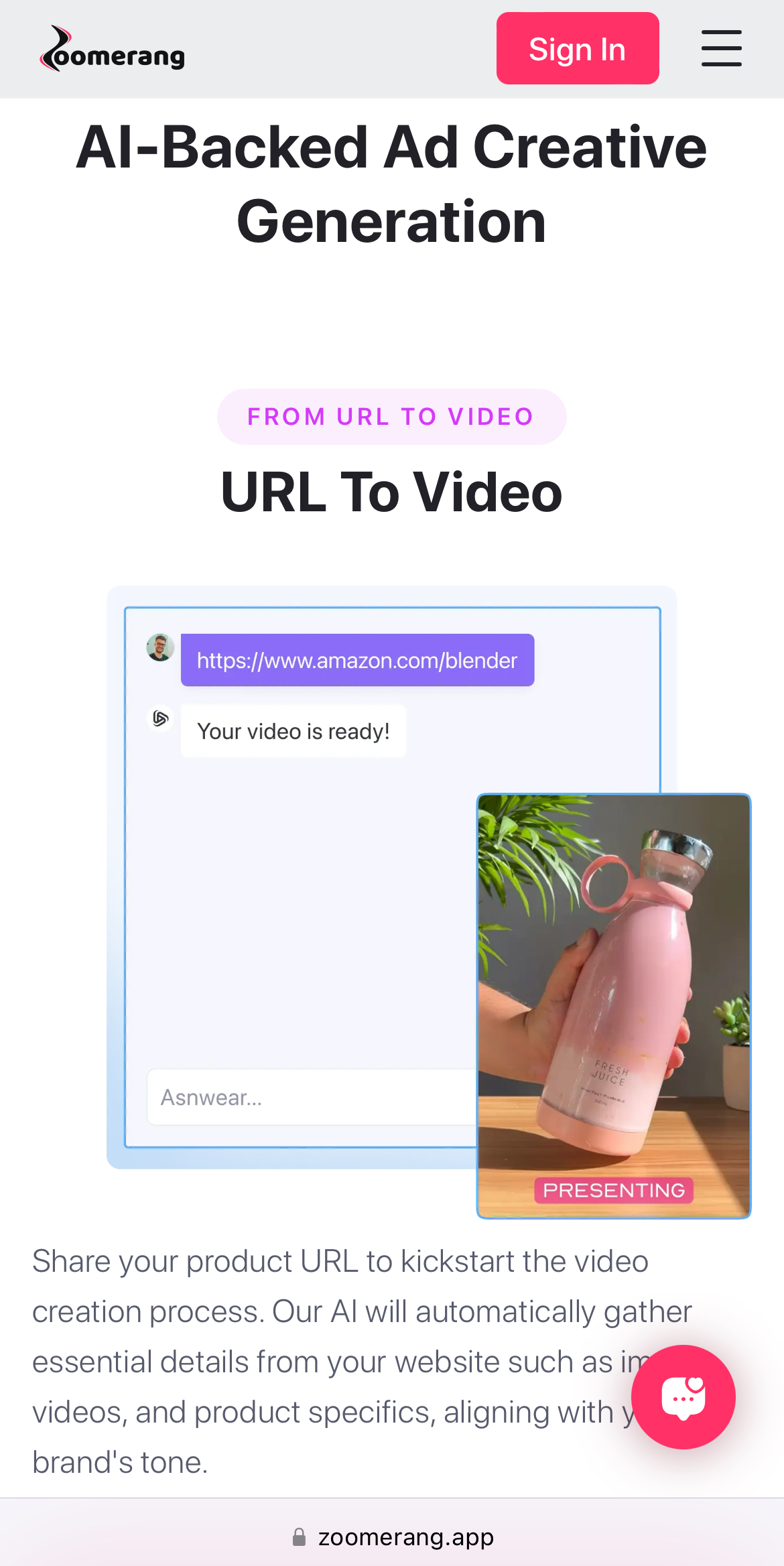
Zoomerang AI is an innovative tool that simplifies video creation. Designed for video editors, it uses an AI-powered chat interface to generate video scripts and basic video structures based on your preferences. By describing the type of video you want, you can quickly get a polished, professional-looking video without the need for extensive editing skills or outsourcing.
2. Animoto

Animoto is a user-friendly video creation tool that allows you to create professional videos with ease. It offers a range of templates and customization options, making it ideal for beginners.
3. Adobe Premiere Pro
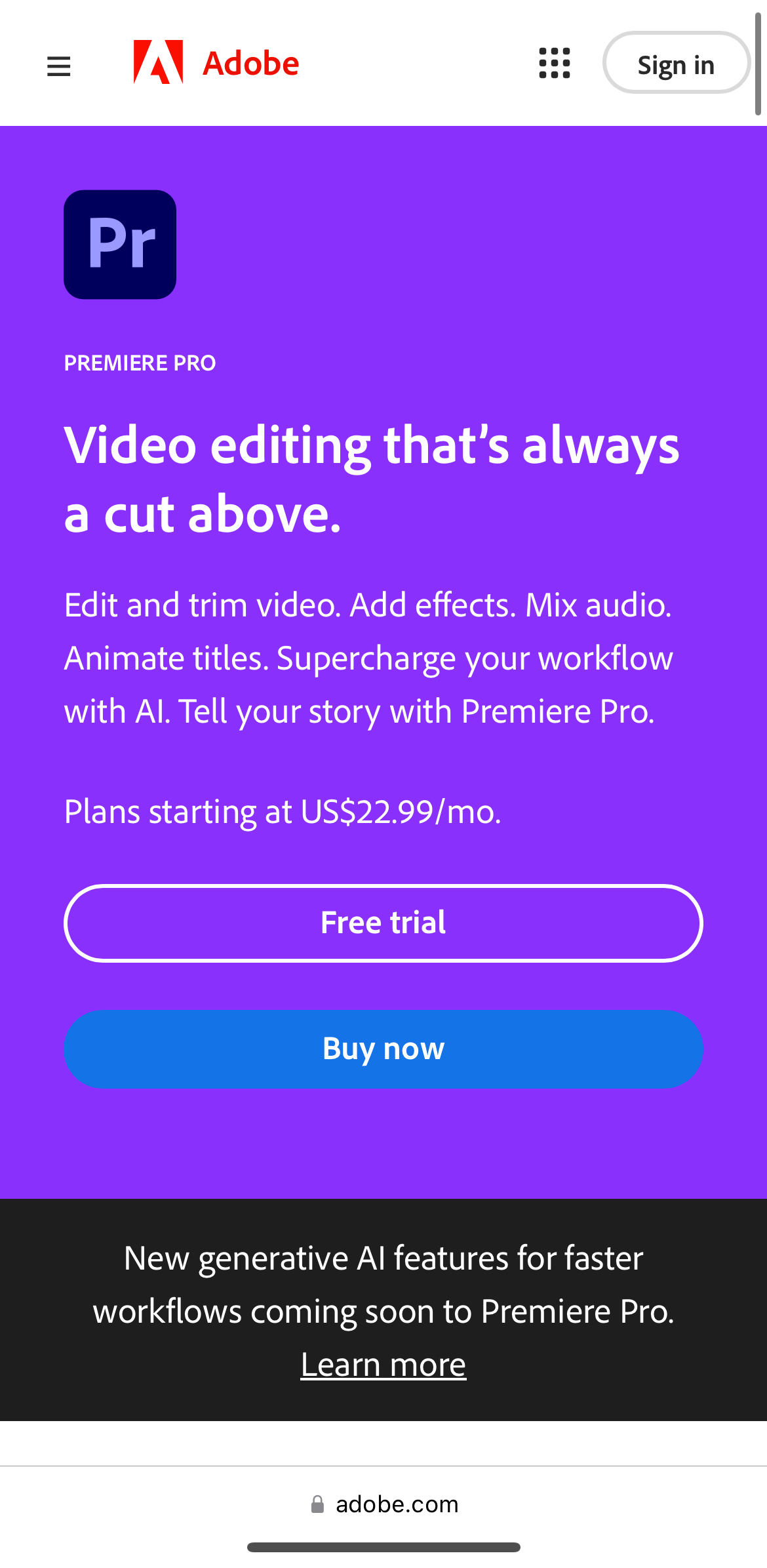
Adobe Premiere Pro is a powerful video editing software used by professionals. It offers advanced editing features and a high level of control over your video content.
4. Wistia
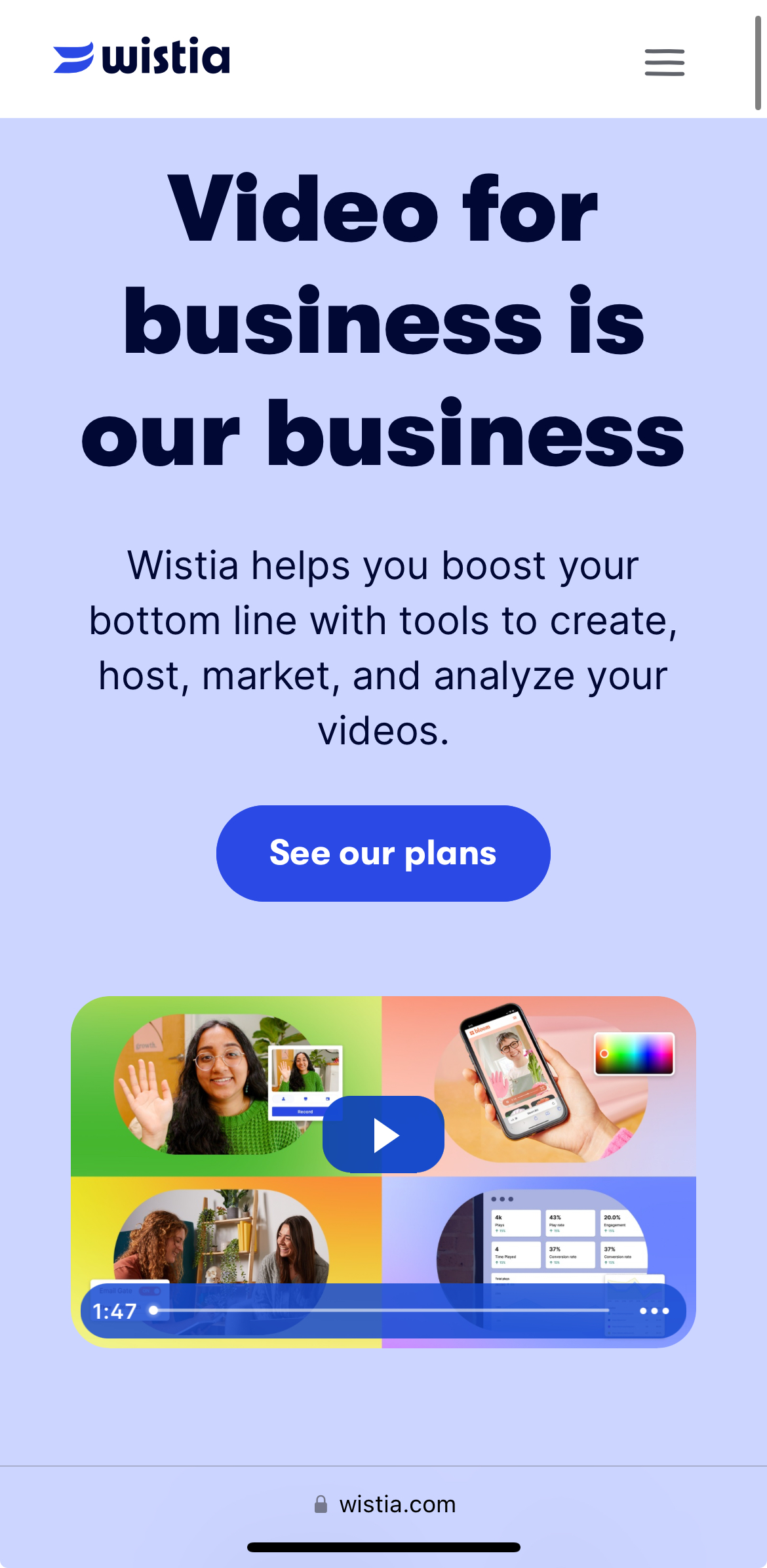
Wistia is a video hosting platform designed for businesses. It provides detailed analytics, customizable video players, and marketing tools to help you get the most out of your video content.
5. Canva
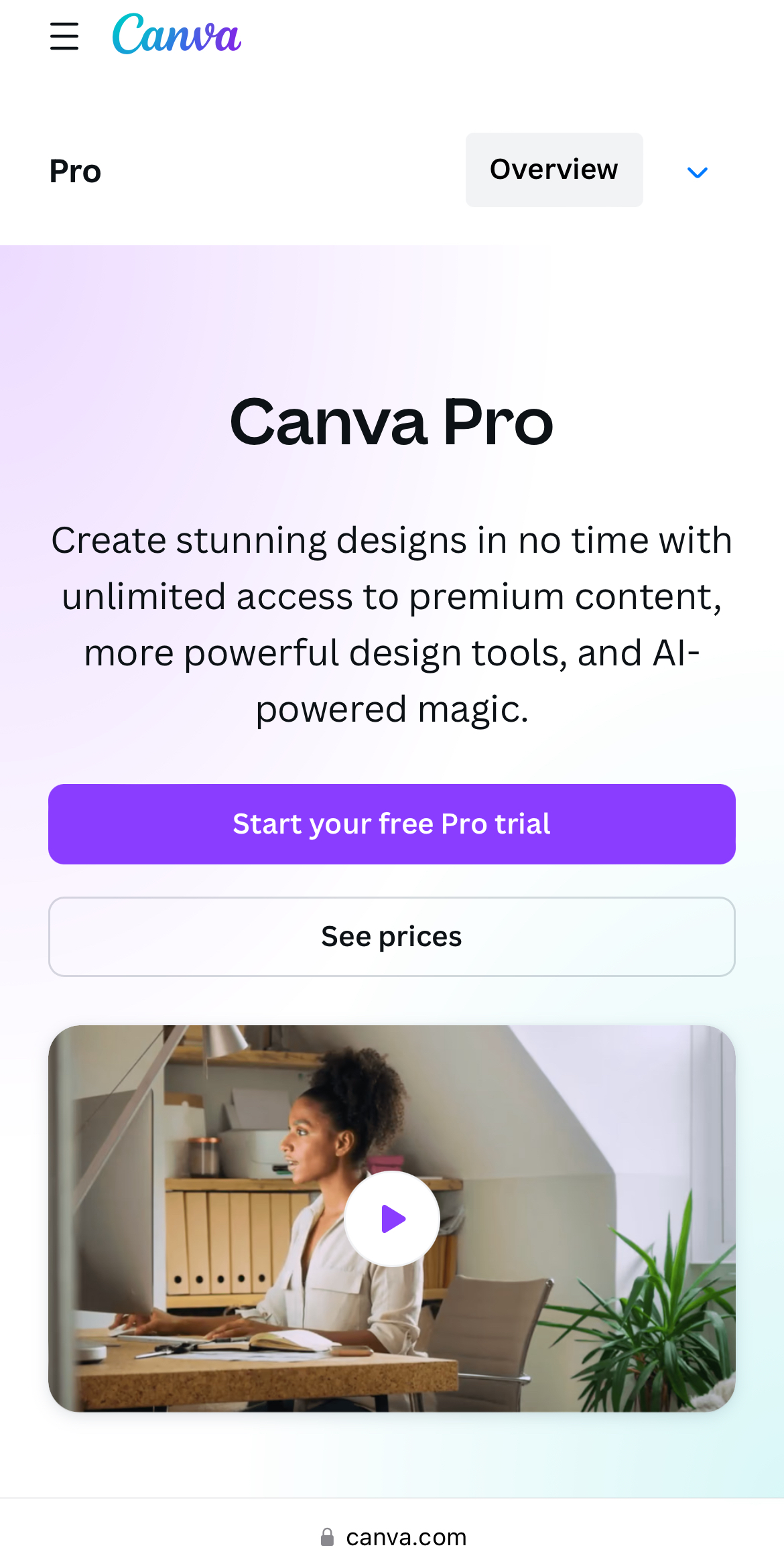
Canva is a versatile design tool that also offers video editing capabilities. It's great for creating visually appealing videos with ease, thanks to its drag-and-drop interface.
Conclusion
Video content marketing is a dynamic and impactful way to connect with your audience. By understanding the basics, leveraging the benefits, staying informed about trends, and using the right tools, you can create compelling video content that drives engagement and achieves your marketing goals.
Zoomerang AI stands out as a particularly useful tool, enabling marketers to produce high-quality videos quickly and efficiently. By incorporating such innovative solutions into your strategy, you can streamline your video creation process and focus on delivering captivating content that resonates with your audience.
Embrace the power of video marketing today, and watch as your brand's visibility and engagement soar to new heights.



